Post by Sydney Watson, senior undergraduate at Portland State University, pursuing a bachelor’s degree in Public Health, with a minor in Interdisciplinary Neuroscience.
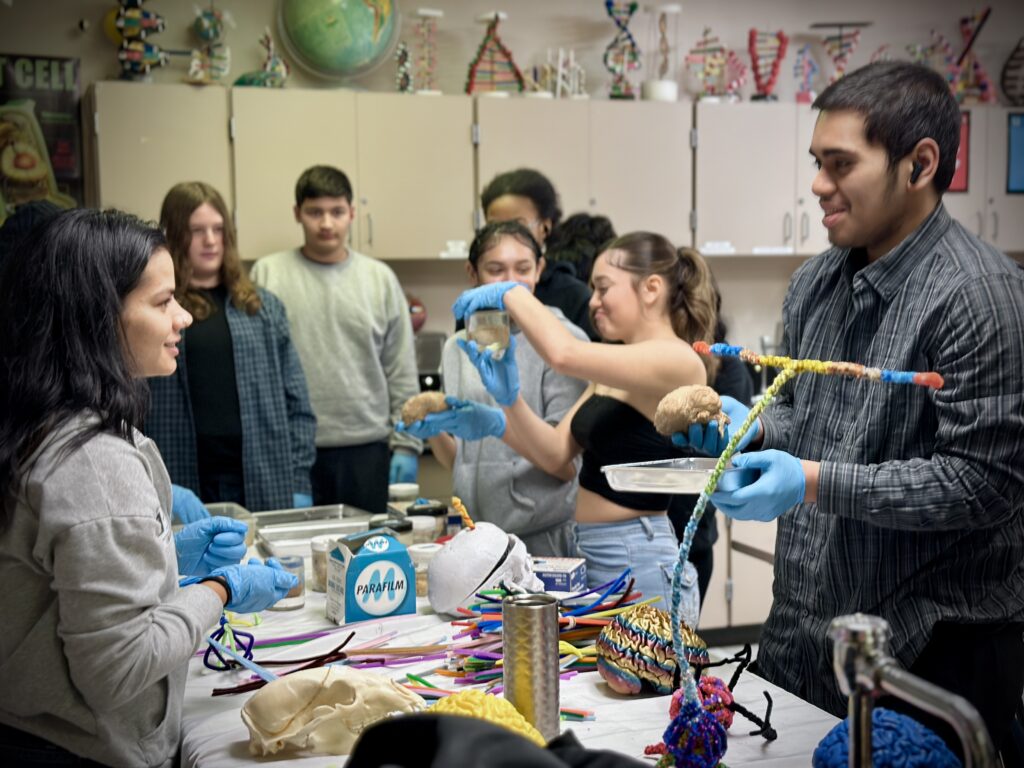
This winter I participated in outreach at both Portland and Vancouver area public schools.
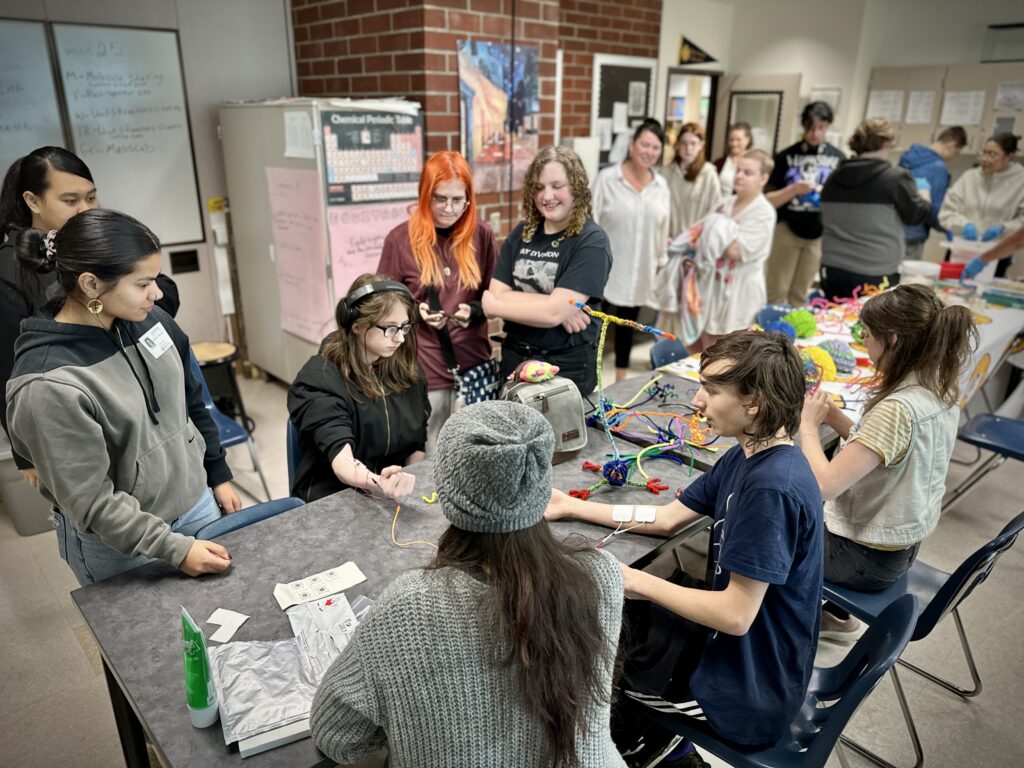
I’d known about NW Noggin for as long as I’ve worked on my interdisciplinary neuroscience minor but during the second to last term in my last year of college I finally got to be involved.

NW Noggin is a entirely volunteer neuroscience nonprofit that visits public schools in the Portland area but also all around the greater Pacific Northwest (and beyond!).
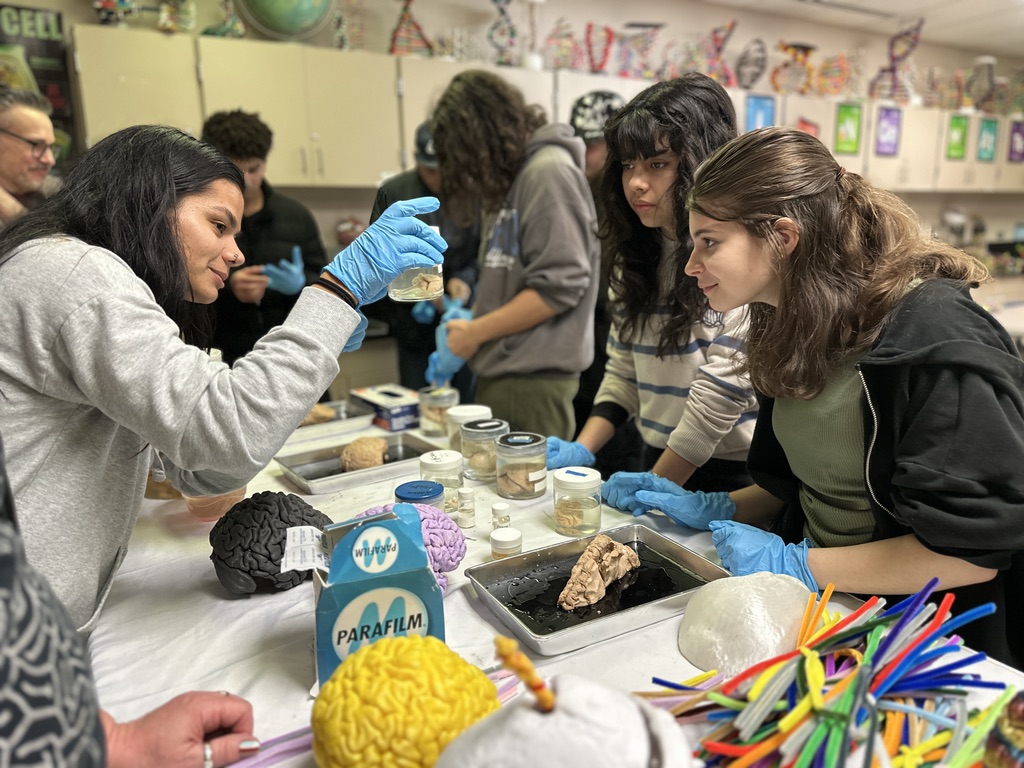
LEARN MORE: What is Northwest Noggin?
LEARN MORE: What is outreach like?
Have you ever stimmed?
Walking into Oregon City High School for my first outreach visit, I was struck by the sheer size of the campus. But what stood out even more was how students entertained themselves in the classroom.

Some tapped their pencils or bounced their legs under desks. Others made full use of fidget toys or special stools designed to help them focus. As we introduced ourselves and while their teachers addressed them, many students found personal ways to move or fidget.

This instinctive need to move, known as stimming, is more than just a habit.

LEARN MORE: Stimming and Fidgeting to Calm and Focus
LEARN MORE: The natural rhythm of stimming: Erin Clemens at TEDxWestChester
Stimming, short for self-stimulatory behavior, includes repetitive motions or interactions with objects that help individuals regulate their emotions, focus, or process information.

LEARN MORE: What Is Stimming?
LEARN MORE: Understanding Stimming: Repetitive Behaviors with a Purpose
While often associated with autism, stimming is also common in neurotypical individuals, as well as individuals with ADHD. Research suggests that movement can be a way for people to unconsciously compensate for under-activity in certain brain regions, allowing them to stay engaged. Despite this, traditional classroom settings often discourage stimming, favoring stillness and compliance over movement-friendly learning approaches.
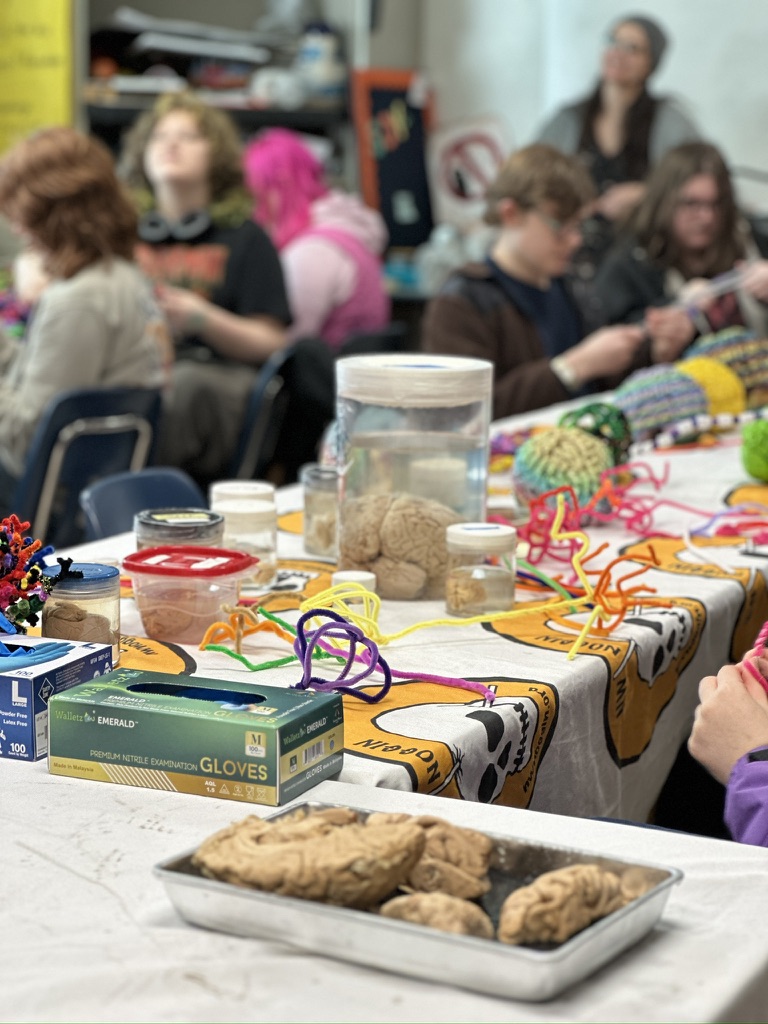
LEARN MORE: Stimming: What Is It and Does It Matter?
LEARN MORE: ADHD and Autism Spectrum Disorder
LEARN MORE: Autism Spectrum Disorder
LEARN MORE: Attention-Deficit/Hyperactivity Disorder (ADHD)
LEARN MORE: ADHD Stimming: Why It Happens And How To Cope
LEARN MORE: Sensory Over-Responsivity as an Added Dimension in ADHD
During my outreach experiences, I saw firsthand how some schools embraced stimming as a natural part of learning, incorporating flexible seating, fidget-friendly tools, and even knitting stations to support students who needed movement to stay engaged.
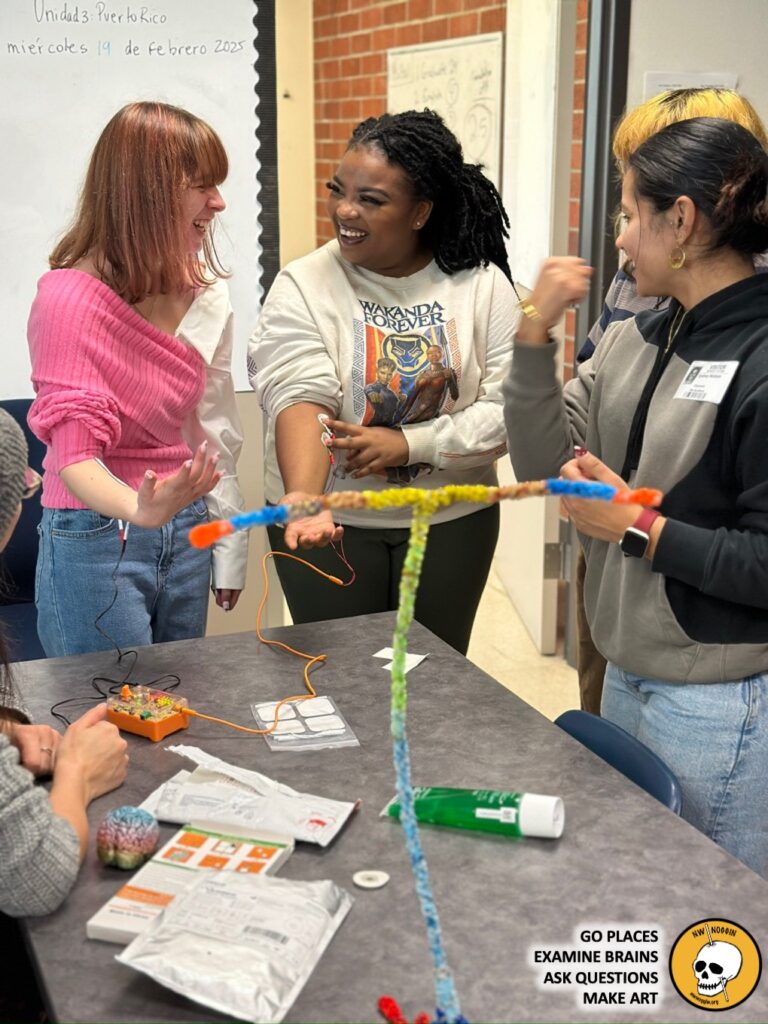
But not all learning environments are designed this way. How can we rethink classroom spaces to better support students who rely on stimming? And why is it sometimes helpful to embrace movement rather than suppress it?
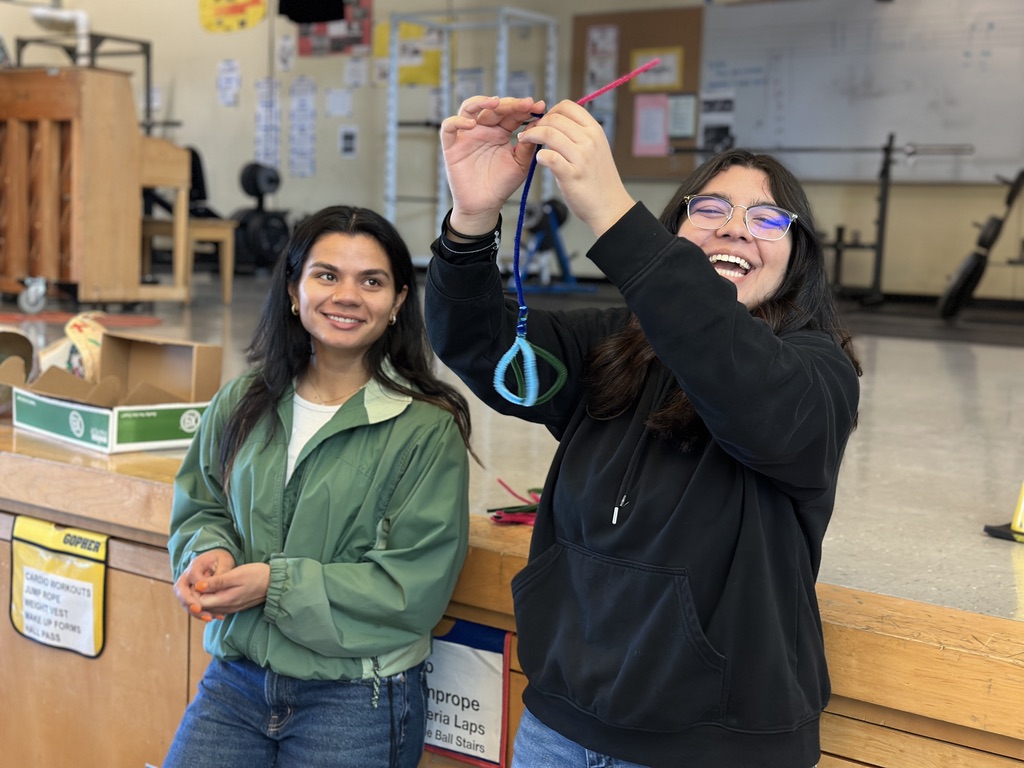
Stimming has benefits
Research suggests that many children engage in stimming as a way to regulate emotions, manage excitement, or simply because they enjoy fidgeting.

LEARN MORE: Young people explain stimming
An estimated 7 million children in the U.S. have ADHD, a neurodevelopmental condition that affects movement, memory, attention and social skills. Many adults with ADHD reflect on how stimming has been a lifelong habit, even if they weren’t always aware of it. One individual described how their legs constantly bounce when sitting, explaining that this movement helps keep their brain alert.
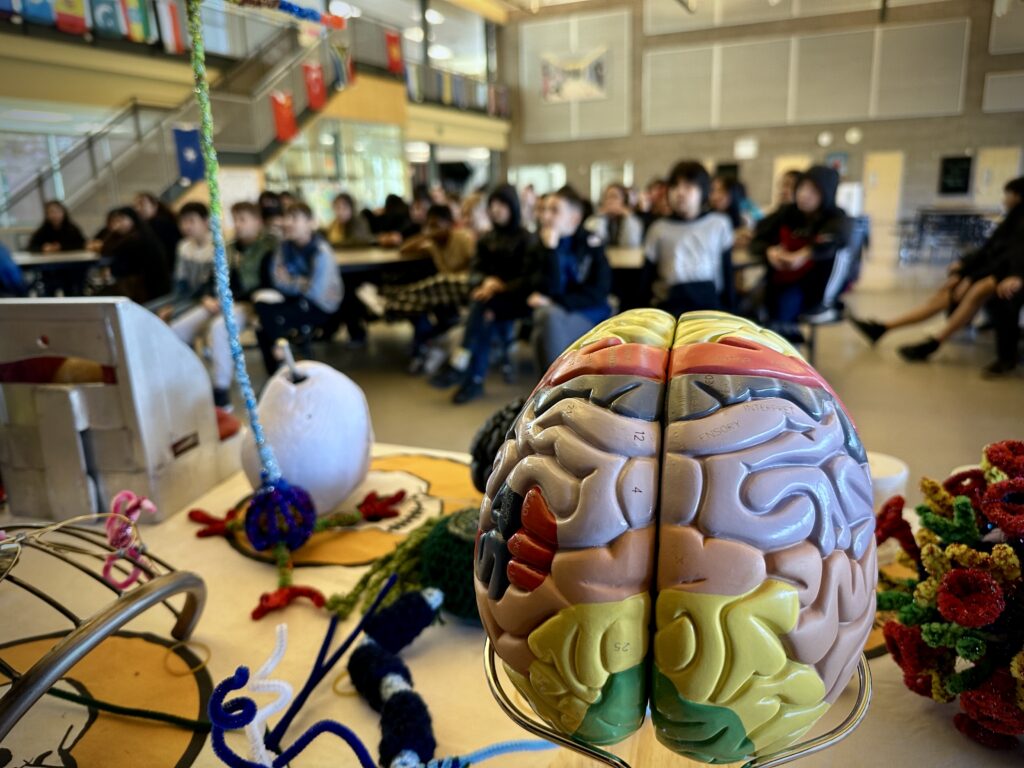
LEARN MORE: Data and Statistics on ADHD
This type of movement isn’t just a “nervous habit” — it’s often an adaptive biological response.
Researchers from the UC Davis MIND Institute have suggested that the increased movement seen in children with ADHD may be a way to unconsciously compensate for under-activity in certain brain regions. Fidgeting has even been shown to reduce cortisol, the stress hormone that interferes with learning, which may explain why some students instinctively move when focusing.
LEARN MORE: Why do we fidget?
LEARN MORE: What to know about fidgeting?
LEARN MORE: Stimming and Autism: Are They Related?
LEARN MORE: Cortico-striatal activity associated with fidget spinner use
Stimming and the brain
The frontoparietal attention network is an important system in our brain that helps us focus and maintain attention on external tasks. It includes connected cortical regions in both the frontal and parietal lobes and plays a key role in processing sensory and motor information.
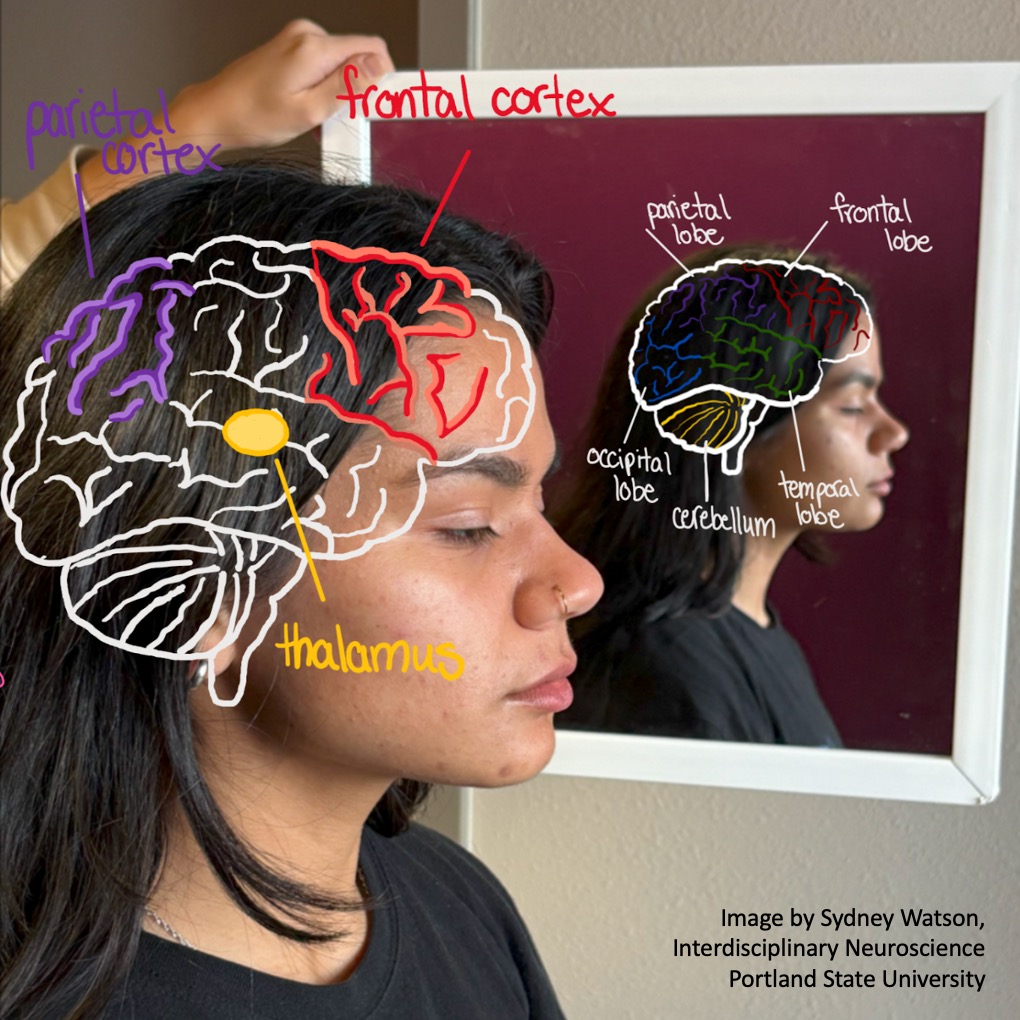
The prefrontal cortex acts as an executive control center, managing focus, decision-making, and self-regulation. It plays a key role in cognitive control, which guides thoughts and actions toward goals by filtering distractions, processing emotions and adjusting to changing demands.
When cognitive control is impaired, issues with memory, attention, and emotional regulation can arise. In high-demand situations, whether concentrating in class or resisting impulsive reactions, the prefrontal cortex works to inhibit socially inappropriate responses and keep us flexible, focused and in control.
The thalamus is another critical part of the attention network. It is deep in the brain and acts like a sorting center for sensory information. The brain takes in a huge amount of input at any moment. The thalamus helps decide what gets passed on to the higher brain regions, like the prefrontal cortex, and what gets ignored.
LEARN MORE: Cognitive Control
LEARN MORE: How Does The Brain Pay Attention?
LEARN MORE: The frontoparietal network: function, electrophysiology, and importance of individual precision mapping
Small movements help maintain focus by giving the brain a secondary task to regulate excess energy. This can be especially helpful during tasks in the classroom that require sustained attention or problem solving.
My own academic advisor keeps her desk covered in fidget toys, offering something for everyone who stops by. I always grab one during our conversations, and I’ve noticed it helps me organize my thoughts while my hands stay busy.

Fidgeting like this supports cognitive control by giving the brain a small, repetitive task, which can make it easier to focus and process information. Rather than being a distraction, these small movements help regulate attention and keep mental resources from becoming overloaded.
LEARN MORE: Fidget Toys or Focus Tools?
LEARN MORE: How to improve your focus by fidgeting
LEARN MORE: A Meta-Analysis of Fidget Devices as Academic and Behavioral Interventions
LEARN MORE: The Effects of Fidgets on Attention and Learning of College Students
LEARN MORE: Impact of fidget devices on anxiety and physiological responses in adults with ADHD
LEARN MORE: Fidgets In The Classroom A Guide For Educators
Stimming with pipe cleaners!
At another school, I noticed how the environment was intentionally designed to support movement.
Special stools allowed students to rock or wobble while seated, helping them stay engaged without disrupting the lesson. One classroom had designated knitting supplies — an activity that naturally provides repetitive motion, which can be calming and grounding for students who need to stim.
LEARN MORE: Boosting inhibition control process by knitting at school
LEARN MORE: The Benefits Of Knitting To Cope With ADHD
LEARN MORE: Is crocheting good for ADHD?
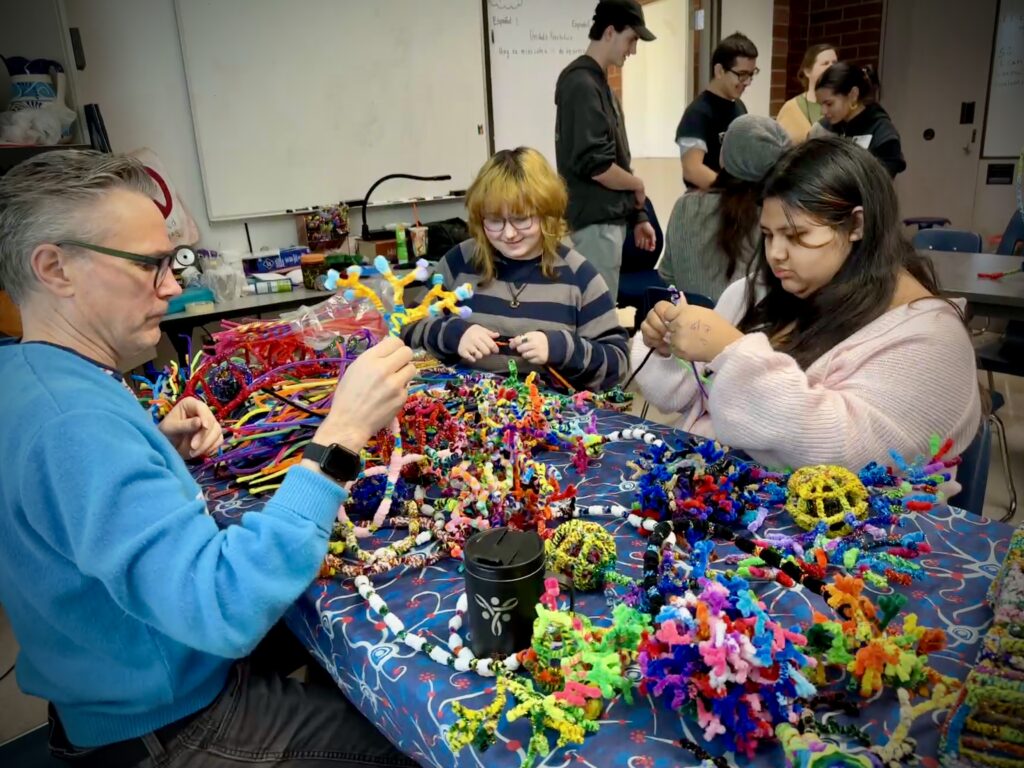
During our outreach, we brought pipe cleaners for students to build neurons, and without fail, they immediately started bending and twisting them into different shapes.
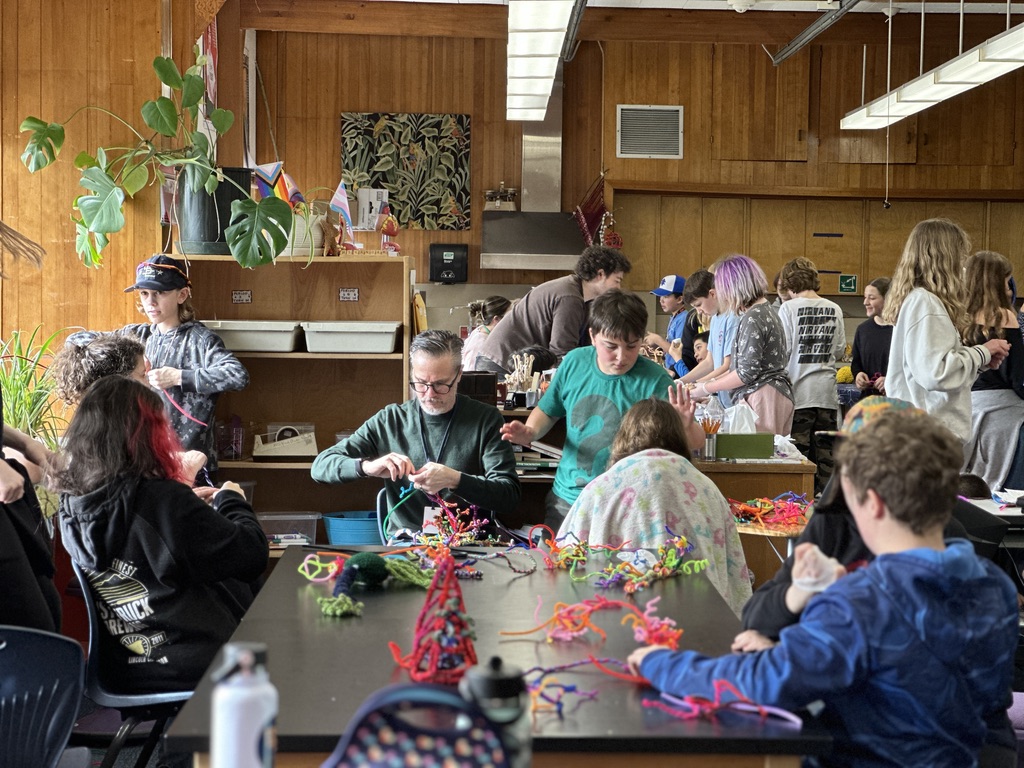
What struck me was how automatic this behavior was — once the pipe cleaners were in front of them, students instinctively engaged. It reminded me of how so many traditional classrooms discourage movement, despite the fact that it might help students process information.
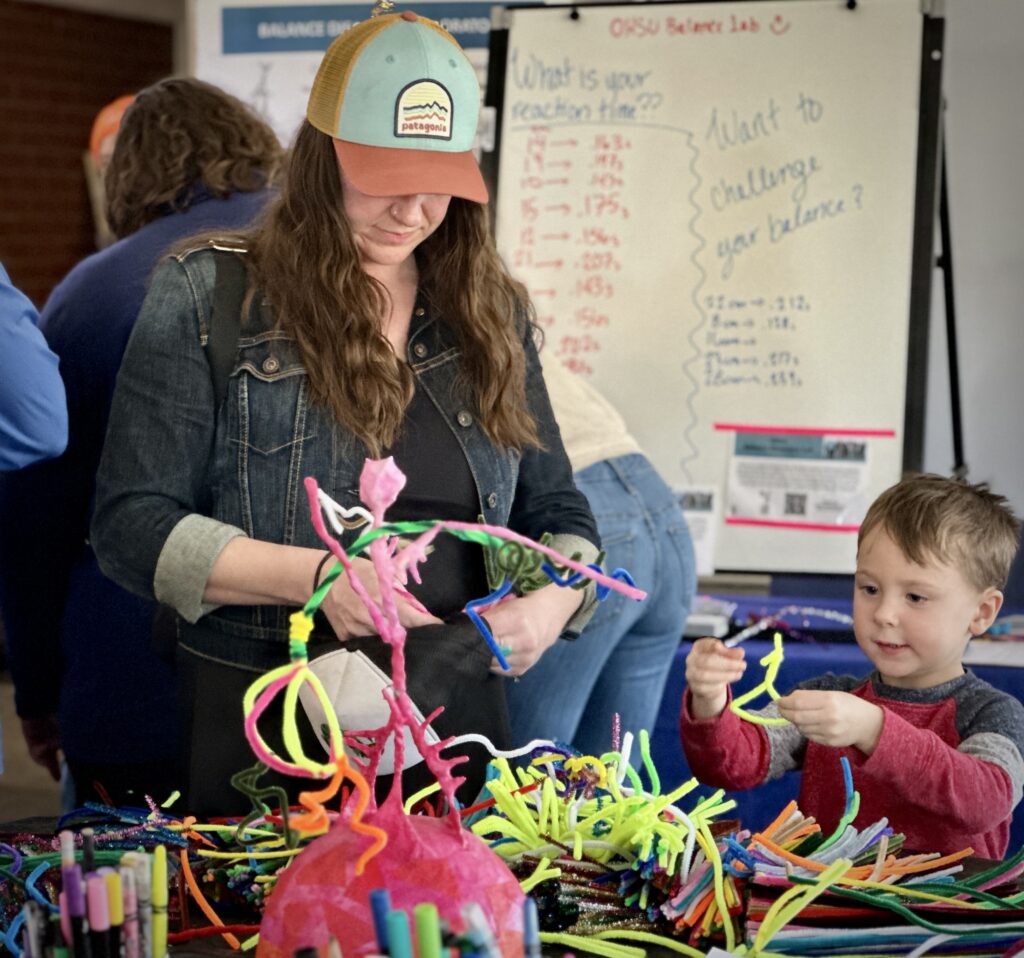
Even during our longest outreach event, I needed something to do with my hands, and I even made my own pipe cleaner neuron. Throughout the day, whenever there was a lull, like when others were introducing themselves or answering questions, I’d pick it up and add a little more to it.

LEARN MORE: Make your own pipe cleaner brain cells
Education environments often emphasize static learning and encourage students to sit still and stare straight forward. I remember myself and my classmates being punished for clicking our pens, spinning our pencils, or if we tapped our feet too loud. My classmates labeled as disruptive and unable to focus were often those who just couldn’t sit still for long periods of time.
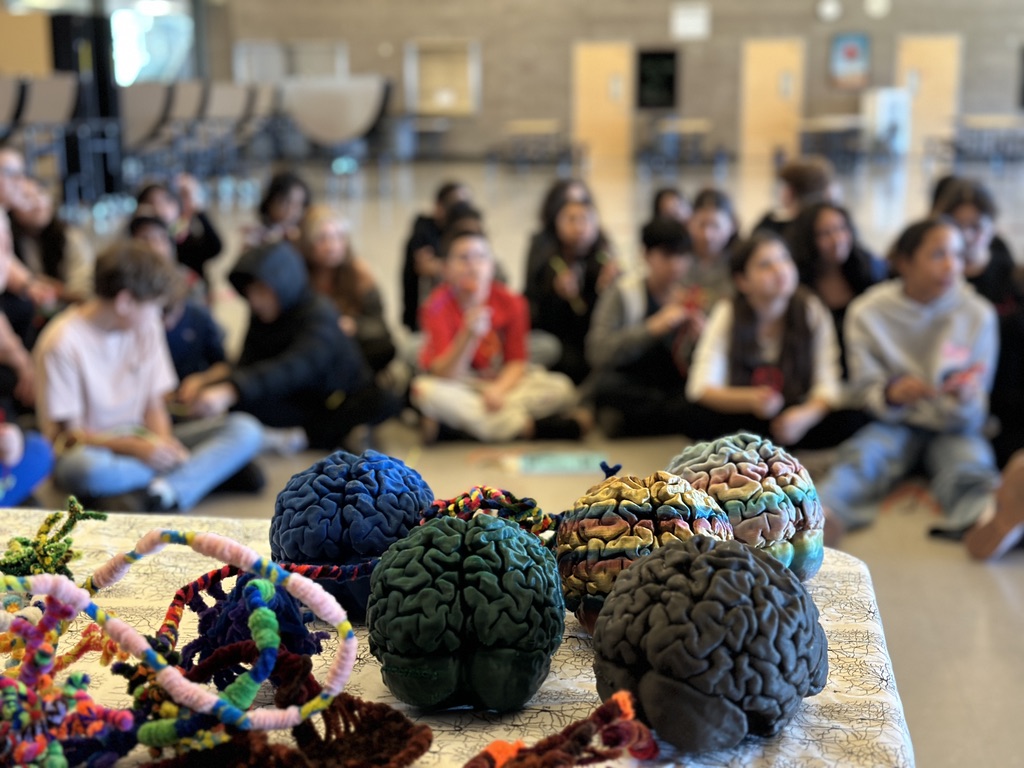
Sitting still and being silent is treated as the criteria for showing you’re paying attention. For students who rely on movement to stay engaged, being told they must sit still can make it even more difficult to focus and absorb the material being delivered to them. Research suggests that highly sensation-seeking learners need more intense stimuli, such as fidgeting, to regulate their emotions and pay attention.
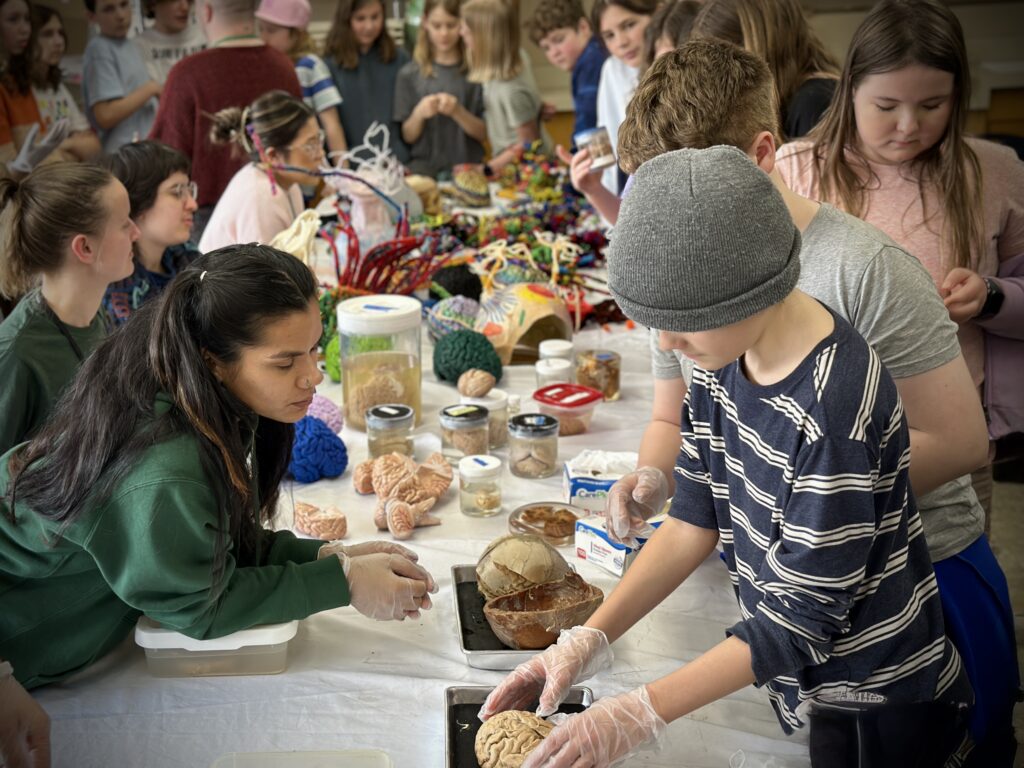
Unfortunately, traditional classroom norms often penalize spontaneous movement, labeling it as a distraction rather than a learning tool. This creates unnecessary challenges for students who rely on stimming to stay engaged.

If we want to support students in the classroom who rely on stimming these spaces need to be redesigned. Instead of designing classrooms that enforce stillness, more flexible options like stability balls, wobbles stools, or standing desks could give students an outlet while learning. Teachers could have a designated space for students needing to stand or pace as well.

LEARN MORE: Exploring the Impact of Classroom Chairs on Urban Elementary Teacher and Student Behavior
LEARN MORE: TEACHER ATTITUDES TOWARDS RESTRICTED, REPETITIVE BEHAVIORS IN YOUNG CHILDREN WITH AUTISM
Seeing so many public schools embrace these strategies was refreshing.
Looking at stimming, attention and fidgeting in the classroom, it’s clear that movement and focus are more connected than we might think. Stimming helps regulate the brain, especially for autistic individuals and those with ADHD, while our frontoparietal attention networks (along with other areas) help all of us decide what we focus on and what we tune out.
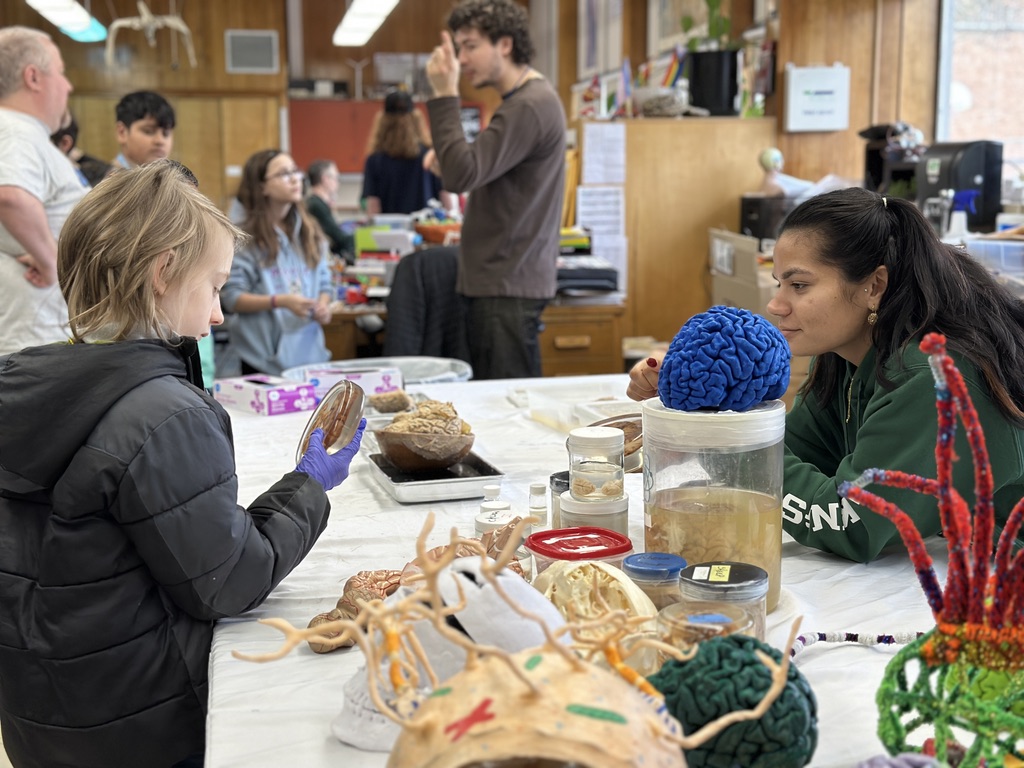
I believe stimming should be allowed, if not encouraged, in the classroom.
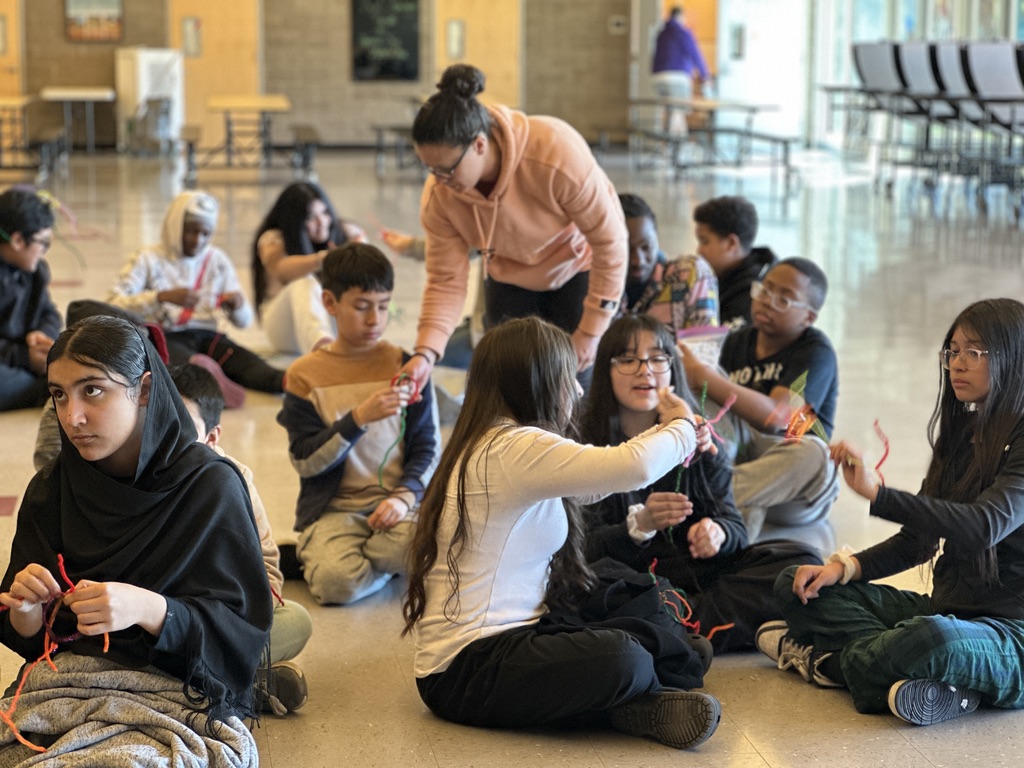
If moving or fidgeting with something in your hand helps you process information or focus longer, then I think that students should be allowed to do it. The idea that learning only happens when we’re perfectly still just isn’t true for everyone.
LEARN MORE: ‘People should be allowed to do what they like’
Sometimes, a little movement is exactly what the brain needs.



